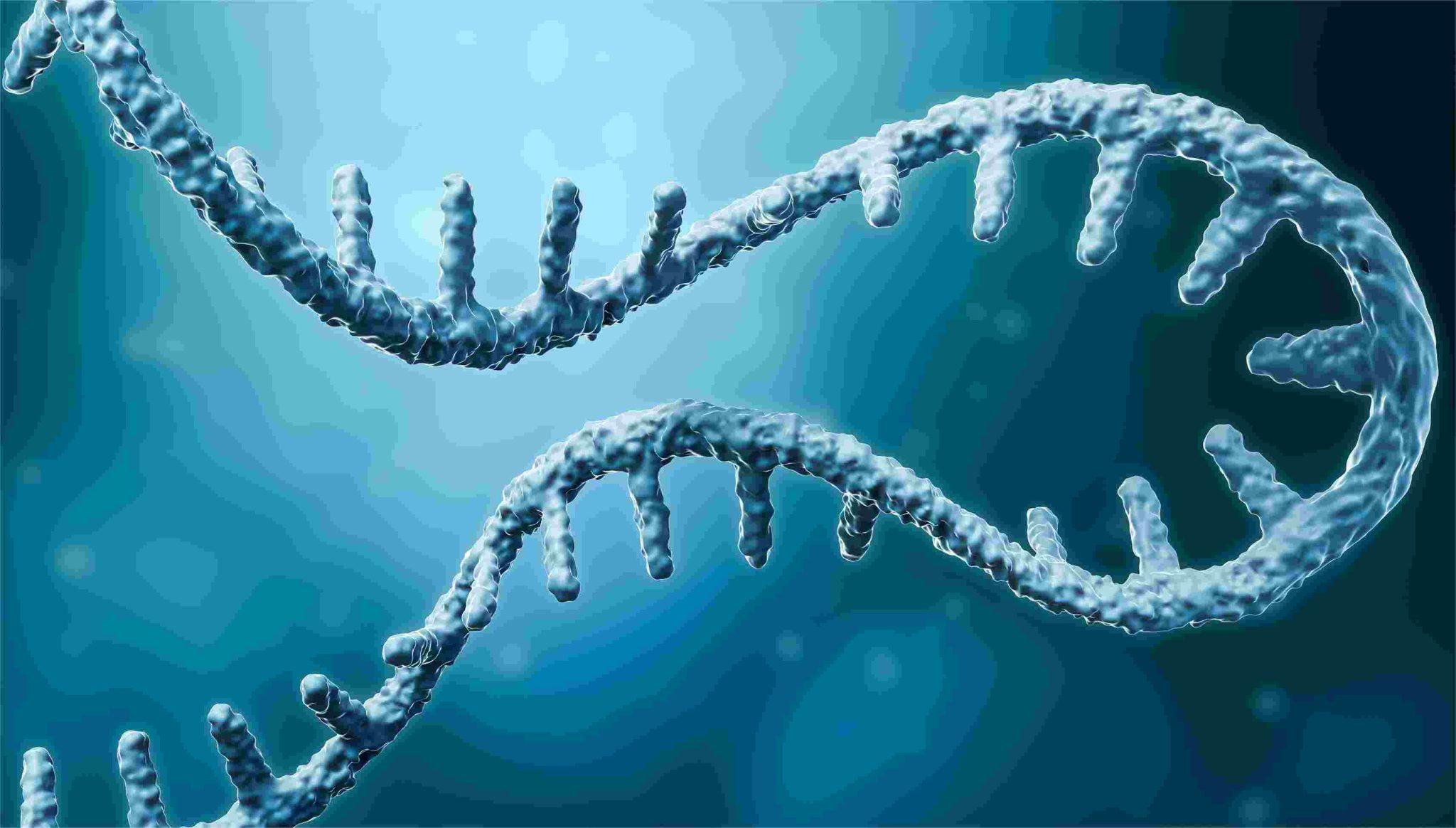Proteolysis Targeting Chimeras (PROTACs) are emerging as a promising therapeutic tool in the world of molecular and medical biology. As the daunting complexity of diseases unfolds, the need for more precise and targeted tactics to mitigate pathological conditions is intensifying. PROTACs have novel pharmaceutical potential, enabling the degradation of disease-causing proteins, and offering a fresh perspective to traditional activity-inhibition strategies.
Understanding PROTACs
The name Proteolysis Targeting Chimeras hints at their underlying functionality. They are bifunctional molecules, comprising three essential components – a ligand that binds to the ubiquitin-proteasome system (UPS), another ligand for the target protein, and a linker connecting the two. PROTACs function by inducing targeted proteolysis, diverging from the classical enzyme inhibition approach to eradicate proteins from the cellular milieu.
The Mechanism of Action
The UPS plays an essential role in intracellular protein degradation and depends on the post-translational modification of proteins with ubiquitin, a small regulatory protein. Ubiquitination targets the protein for degradation by the proteasome, a multi-subunit machine that guides the unfolding, deubiquitination, and degradation of substrates into peptides.
PROTACs function by harnessing this UPS mechanism. One end of the PROTAC molecule binds to the target protein, and the other end binds to an E3 ubiquitin ligase—an enzyme that mediates the ubiquitination process. The simultaneous engagement of the ubiquitin ligase and the target protein forms a ternary complex, resulting in the polyubiquitination of the target protein. Consequently, the ubiquitinated protein is degraded by the 26S proteasome, effectively removing it from the cellular environment.
Significance in Therapeutic Intervention
PROTACs offer several advantages over traditional small-molecule inhibitors. They can target undruggable proteins, those which cannot be directly influenced by drugs. Additionally, the catalytic nature of the degradation system means even low doses of PROTACs can achieve sufficient therapeutic effects, reducing adverse drug-related effects.
Through targeted protein degradation, new pharmacological interventions can be developed for a host of illnesses, including neurodegenerative diseases, cancers, and other genetic disorders. For instance, PROTACs have shown success in degrading fusion oncoproteins, which drive various malignancies. They have also shown potential in targeting the Androgen Receptor (AR) proteins associated with castration-resistant prostate cancer.
PROTAC® In Vivo Evaluation
In vivo PROTAC assays refer to experimental tests conducted within fully functional living organisms to evaluate the efficacy of Proteolysis Targeting Chimeras (PROTACs). PROTACs are a revolutionary class of drugs designed to degrade disease-causing proteins at a cellular level, providing a promising strategy against various hard-to-treat illnesses, from cancers to neurodegenerative disorders. By conducting in vivo PROTAC assays, scientists can monitor these drugs' interaction and performance in a complex, living biological system, granting a comprehensive understanding of PROTAC efficacy, safety, and potential therapeutic applications.
Protac® In Vitro Evaluation
PROTAC in vitro assay is a scientific process used to analyze the degradation of proteins in a controlled environment outside a living organism, commonly employing cells or tissues. PROTAC, standing for Proteolysis-targeting chimeras, refers to molecules which have been engineered to degrade targeted proteins in a cell. The in vitro PROTAC assay enables researchers to monitor and experiment on specific proteins, without the variability that comes with whole-organism testing. This method is utilized to study and develop potential therapeutic uses for conditions where protein degradation may play a crucial role, such as in several cancer types, Alzheimer's disease, and other neurodegenerative disorders.
The Future of PROTACs
Notwithstanding their impressive potential, developing PROTAC-based therapies is not without challenges. Issues like cell permeability, potential off-target effects, and the need to find suitable ligands for each target protein and E3 ligase must be addressed. However, with continuous technological and scientific advancements, potential solutions to these issues are gradually coming into view.
In the context of personalized medicine, PROTACs could emerge as a game-changer. As our understanding of protein function and its role in disease deepens, the ability to selectively degrade proteins could transform therapeutic strategies. Current research efforts are focused on enhancing the efficacy and selectivity of PROTACs, optimizing their delivery methods while minimizing their potential adverse effects.
Proteolysis targeting chimeras are thus instigating a shift in paradigm, transforming our approach to disease management. Their potential to target a host of disease-related proteins with unparalleled precision underscores their promise as powerful influencers of the therapeutic landscape. Indeed, as targeted protein degradation continues to gain momentum, PROTACs may well be the vanguard of a new era of therapeutic strategies.
